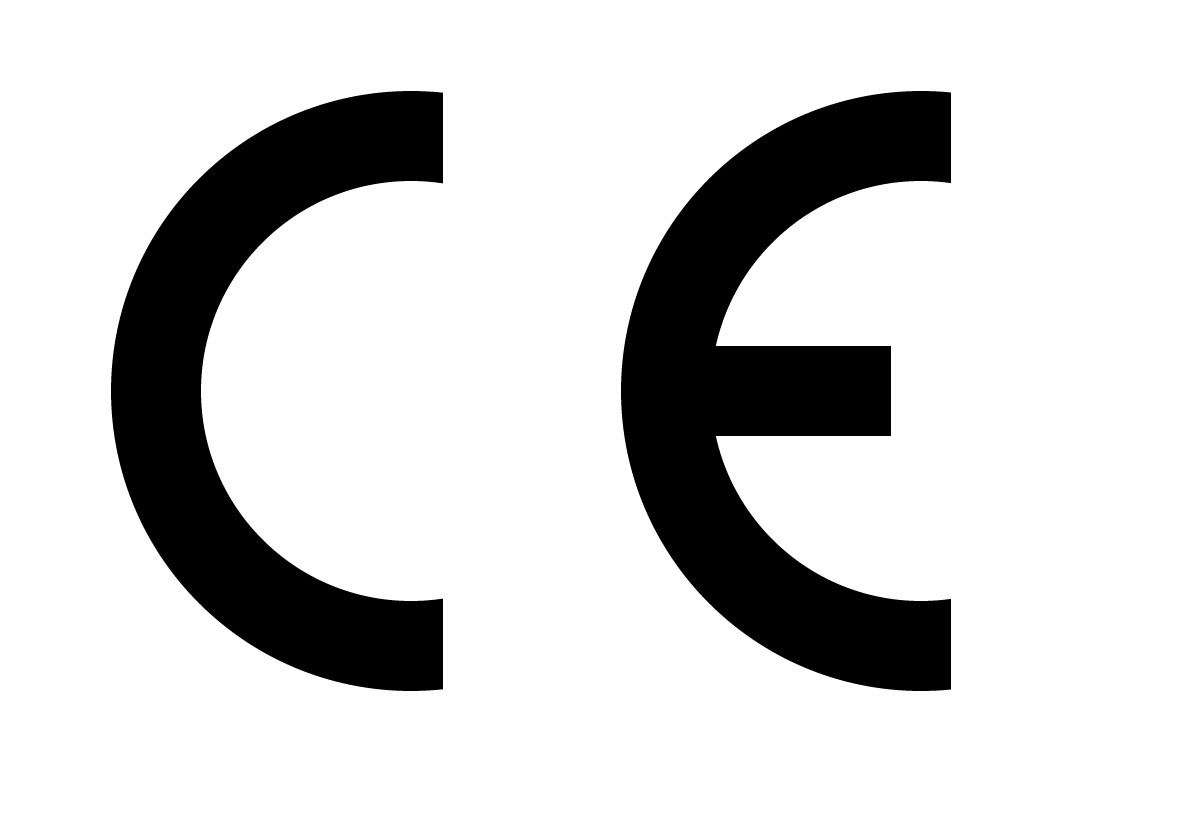The Machinery Directive and the CE Marking
The Machinery Directive has a dual objective: to permit the free movement of machineries within the European Market whilst ensuring a high level of protection of health and safety.
Maxitech has internal consultants who have been working for many years in several industrial sectors on the conformity with the 2006/42/EC Directive. They are specialised in the Food Industry and can provite full support at various stages of your machinery or pland design. We have helped both local and international manufacturers going through the Directive methodology in order to make their machinery compliant with the Directive.
On the basis of the EN 12100 and together with the manufacturer engineers we do a risk analysis on either the machine or the whole plant and list possible modifications in order to make it compliant with the risk level dictated by the Directive. We can prepare the Technical file and the instruction manual; we can verify that the electrical and pneumatic drawings comply with the related techincal norms.
The concept of European Conformity (CE marking) revolves around European harmonized standards as the minimum requirements for product design and assessment. Strict adherence to these technical specifications should be the focus of all designers and manufacturers. Manufacturers can and should do more than the standards require and certainly should not do less. The European Commission mandates the creation of standards to support the essential requirements (ERs) of the directives. A standard is considered harmonized at the time of announcement which is published in the Official Journal of the European Communities (OJEC). Compliance with the harmonized standards will, in most cases, ensure a product's conformity with the essential requirements of the directives. Adherence to European harmonized standards is the only proven and universally accepted method of showing conformity with the ERs of the directives. Properly applying standards produces a "presumption of conformity." European standards are clearly the main path toward conformity. Although use of European standards is voluntary in one sense, European harmonized standards have become the technical governing rules and are in reality the obligatory way for manufacturers to reduce unnecessary risks and to meet the EU directives. In practice, only published European harmonized standards, such as ENs (EN = European Norm), should be used to show conformity. European harmonized standards (ENs) offer the simplest means of meeting the essential health and safety requirements (EHSRs) of the directives. Harmonised Standards are divided into three categories: A, B and C.
Basic standards (type A). These fundamental standards contain general principles for safe design and may be applied to products when appropriate. The main A HArmonised Standard for the Machinery Directive is the EN 12100. Design Concepts and Risk Assessment. The EN 61000-4-X series for immunity levels is an example of basic standards for EMC. Generic standards (type B). For safety, the type B standards concern specific technical aspects and are applied as needed, such as for specific components or guarding. For machinery the B standards are further divided into Bl and B2 standards. B1 Standards. These apply to particular aspects, such as surface temperatures and safety distances. Some B1 examples are EN 13849-1 (Safety Related Control Systems), and EN 60204-1 (Electrical Requirements of Machinery). B2 Standards. These apply to particular safety devices or components such as EN 13850 (Emergency Stop Systems). For EMC, the generic standards are grouped by function and environment, such as products for use in heavy industrial areas. Product standards (type C). Type C standards address a specific product or related group or range of equipment. The type C standards take precedence over the basics and generics and call up the appropriate A and B standards, when necessary. An Example of Type C standard for the food industry is the EN 12355: "Food processing machinery - Derinding-, skinning- and membrane removal machines - Safety and hygiene requirements".



